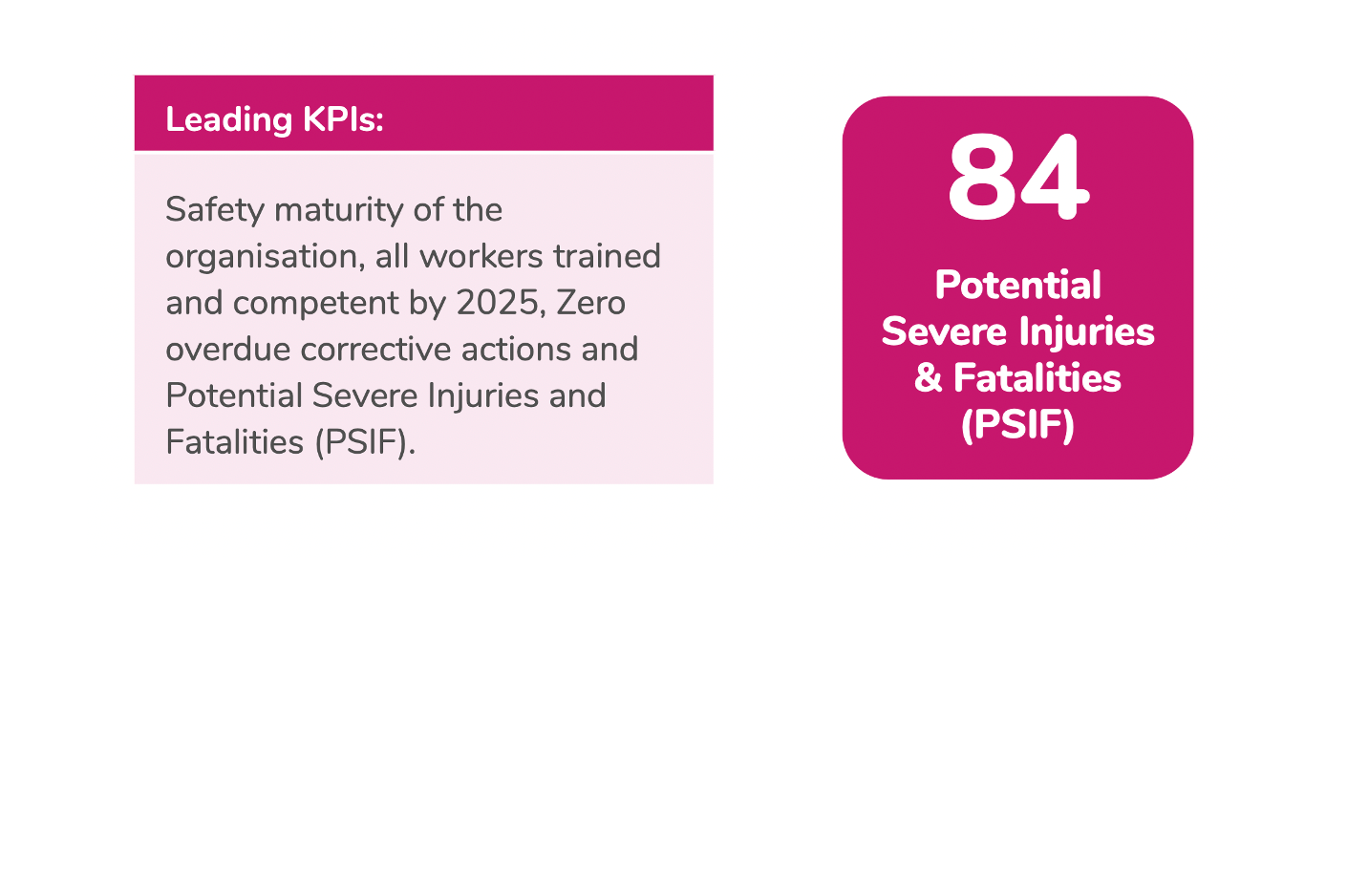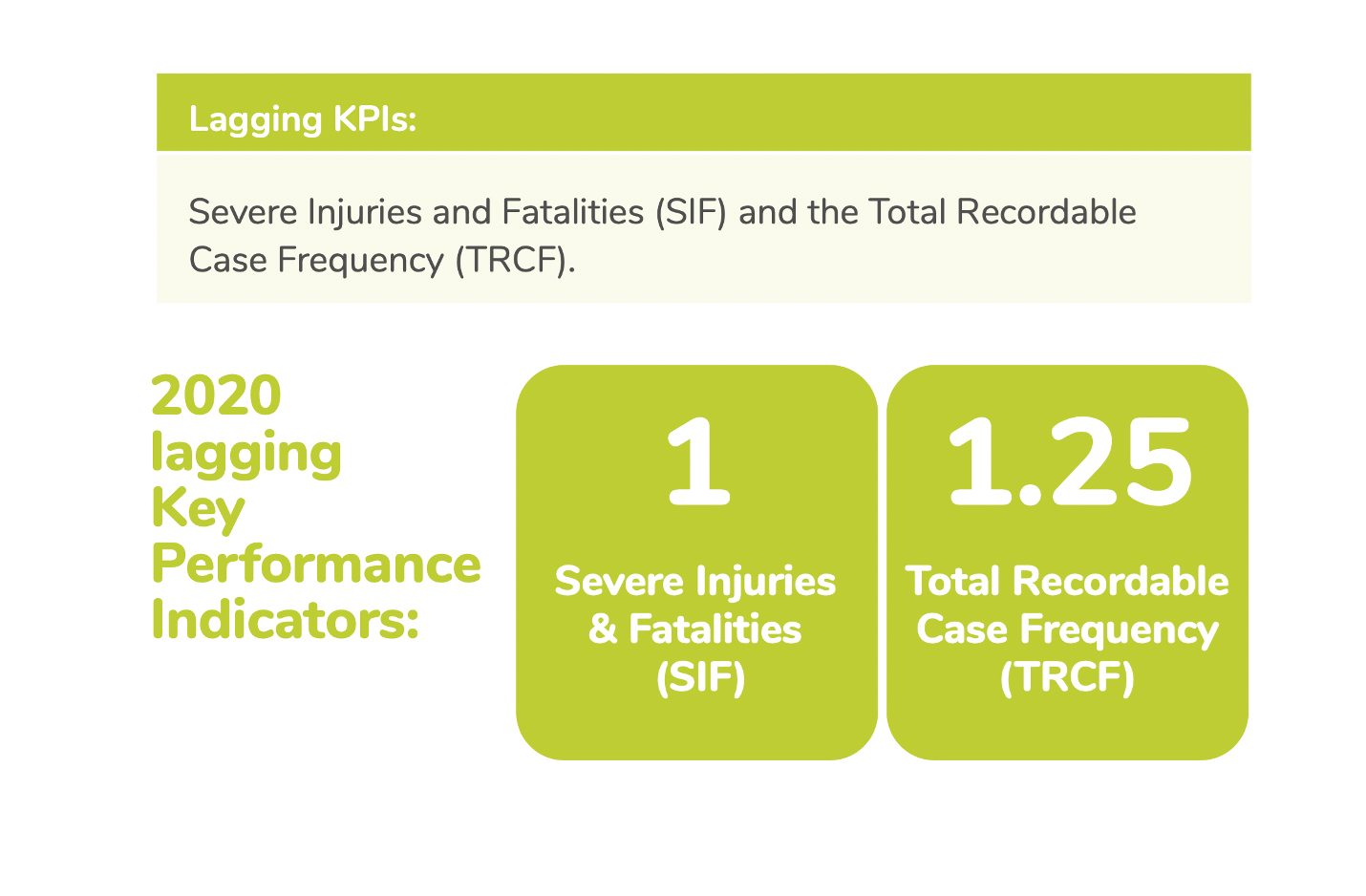The leading driver for this reduction was the adoption of purchased green energy in Nutreco Iberia operations acrossall of Spain. This is reflected in the drop in CO2 emissions.
When interpreting emission reductions per production tonne sold, the reduction is even more significant (-27%) mainly because our Trouw Nutrition division typically has less footprint to manufacture a tonne of product and in 2020 our animal nutrition division sold more tonnes than our aquaculture division. Therefore, the ratios support less emissions per tonnes sold.
Last year also brought significant reductions to water usage. In absolute terms, we saw a reduction of just 1% to 2,957,207 tonnes from a 2019 usage of 2,985,265 tonnes. This was attributed to the closing of some Sada processing plants in Spain. However, significant reductions were observed on a per production tonne sold basis; where the 11% decrease is attributed to higher ratio of Trouw Nutrition production tonnage with low water footprint as compared to relatively lower Skretting production tonnage where we have the larger water usage footprint.
In 2021, Nutreco will perform a mapping exercise to identify the areas with water scarcity in the geographies where we operate in compliance with GRI guidelines.
Overall absolute results by division and consolidated 2020 vs 2019 vs 2018



